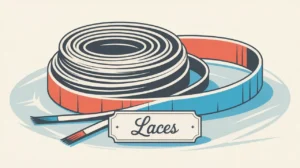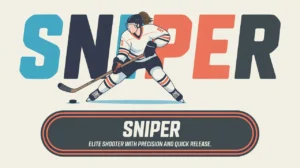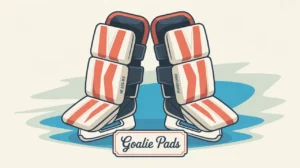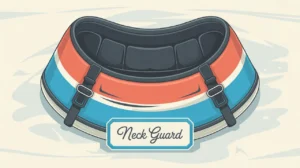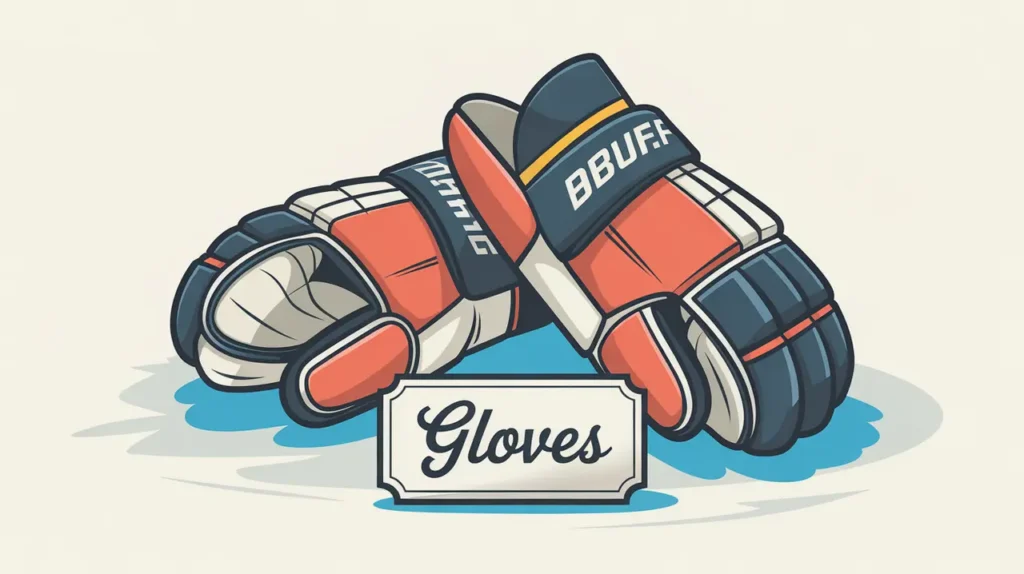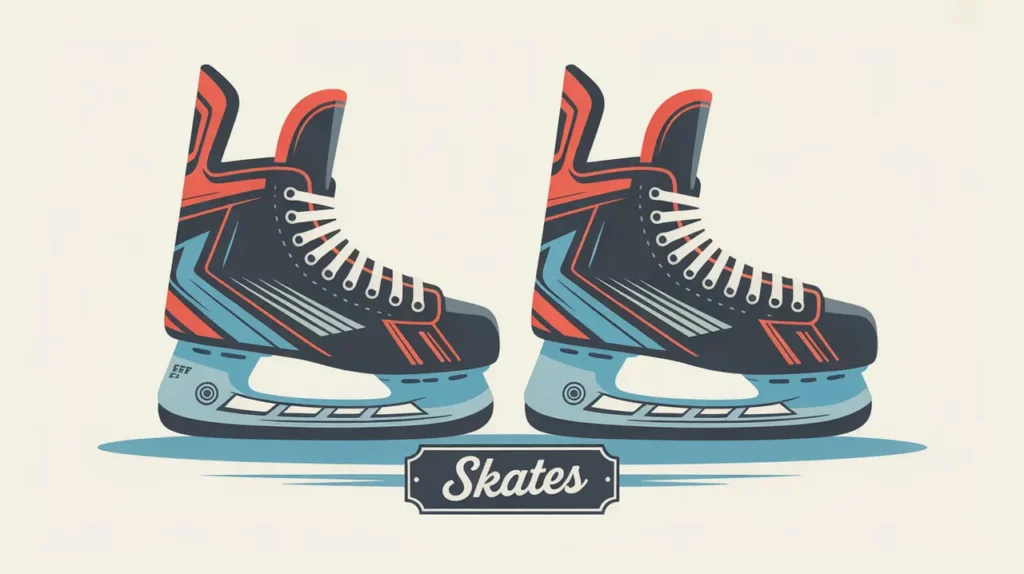Jim’s Intro to the Goalie Mask
Hi folks, Jim here, the only commentator who once volunteered to try goalie for a shootaround without a mask. I lasted one shot.
What is the goalie mask?
The goalie mask is the ultimate piece of head protection in hockey. It covers the entire head, face, and jaw with a solid shell and steel cage, designed to withstand pucks traveling over 100 miles per hour. Beyond protection, it’s a defining symbol of goaltending, often customized with bold designs. A good mask fits securely, sits snug on the head, and gives goalies clear vision while absorbing the heavy impacts that come with the position.
How does it work?
Goalie masks use layered construction to absorb, deflect, and disperse force.
- Outer Shell: Usually made from fiberglass, Kevlar, or carbon fiber, it distributes impact energy across the mask.
- Inner Foam Liner: Multi-density foams cushion the head and absorb shock.
- Cage or Combo Shield: High-strength steel or titanium cages protect the face while maintaining visibility.
- Backplate and Straps: Secure the mask tightly for a stable fit.
- Chin Cup: Keeps the mask anchored and aligned with the face.
When properly fitted, the mask doesn’t rattle or shift on impact. It takes the brunt of shots so the goalie can stay focused on the puck.
How do you make good decisions with it?
Picking the right mask is about fit, materials, and protection level.
- Fit: The mask should sit snugly without pressure points. No wobbling, no gaps.
- Material: Higher-end materials offer better protection and lighter weight. Fiberglass is common. Carbon fiber and Kevlar blends are used at elite levels.
- Cage Strength: Look for certified cages designed to withstand pro-level shots.
- Strap System: Straps should hold the mask firmly. Loose straps lead to shifting under impact.
- Condition: Check regularly for cracks, dented cages, or compressed foam. Damage means replacement, not repair.
How do you master it?
Goalies master their masks through repetition and trust. They learn the exact strap tension, chin cup fit, and positioning that make the mask feel like part of their body. Once dialed in, goalies stop thinking about it entirely, even when shots ring off the cage inches from their face.
What does it look like when done right?
A well-fitted mask stays completely stable on impact. Shots hit the shell with a sharp ping, and the goalie doesn’t flinch or adjust. Vision remains clear. The mask looks like it belongs to the goalie as much as the stick or pads.
Commentator’s Corner
Jim’s Take
I’ve seen goalies wear masks so loose they spin like weather vanes on slapshots. If the mask moves, it’s not protecting.
Parent Tip
If your player plays goalie, invest in a properly fitted mask. It’s the single most important piece of equipment they’ll wear. Check fit and condition regularly.
Player Tip
Goalies: dial in your straps, chin cup, and padding setup early. The right fit lets you focus on the puck, not your gear.
A Final Thought
The goalie mask isn’t just equipment. It’s a shield, a signature, and sometimes the only thing between a puck and a very bad day. Get the fit right, and it becomes part of who you are in the crease.


